Your Cart
Comparing Solar Battery vs Lead Acid Battery
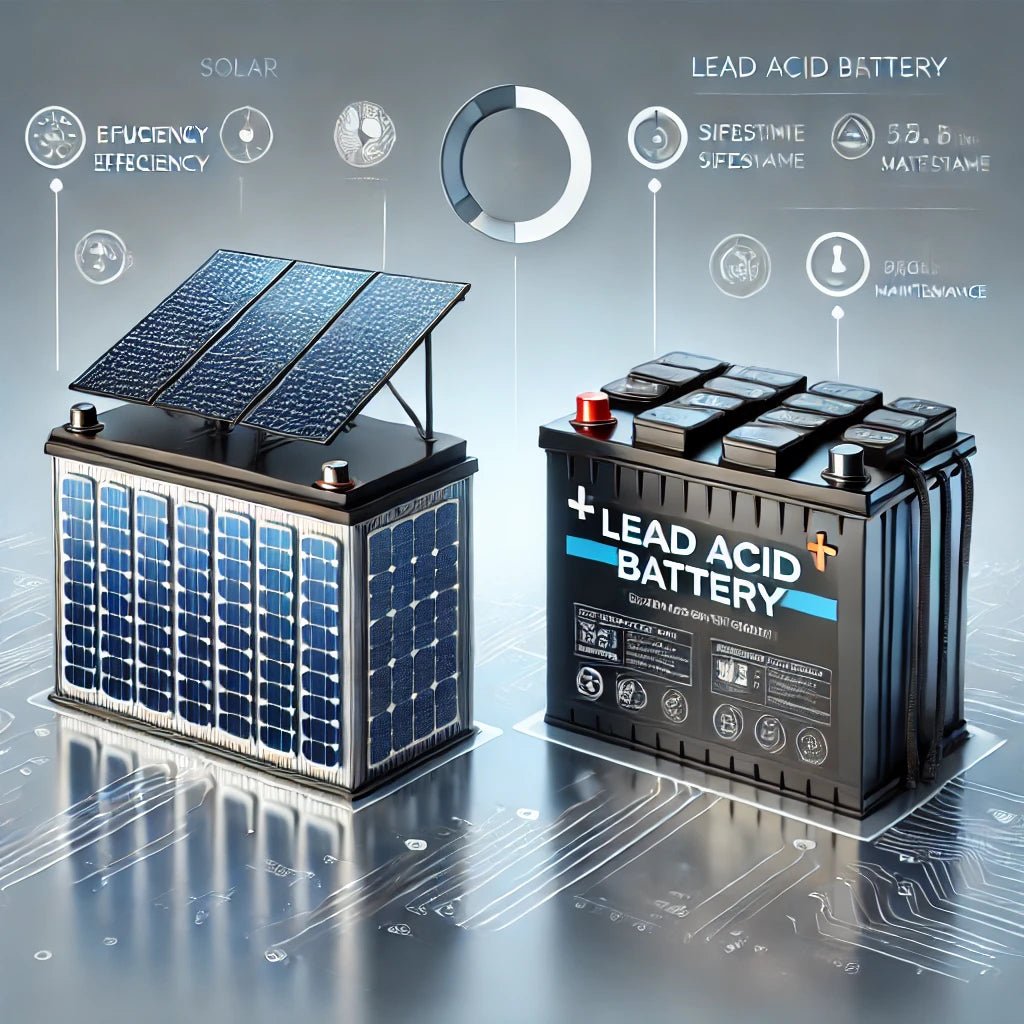
Comparing Solar Battery vs Lead Acid Battery: A Comprehensive Analysis of Performance, Cost, and Environmental Impact
Discover the ultimate guide to solar battery and lead acid battery systems in this comprehensive article. From performance and cost comparisons to environmental impact assessments, this in-depth analysis provides valuable insights for general readers seeking a well-rounded understanding of these energy storage options. Whether you're a homeowner considering renewable energy solutions or simply interested in sustainable technology, this article offers practical guidance and expert information to help you make informed decisions.
Introduction to Solar Battery and Lead Acid Battery Systems
Definition and Function of Solar Battery
A solar battery, also known as a solar energy backup or a lithium battery, is a type of rechargeable battery that integrates with solar panels to store the energy generated from the sun. These batteries are designed to provide a reliable source of power, especially during periods of low sunlight or power outages.

Definition and Function of Lead Acid Battery
Lead acid batteries, including AGM (absorbent glass mat) and flooded lead acid batteries, are traditional energy storage solutions commonly used in off-grid and backup power systems. They store energy in the form of chemical energy and are capable of providing reliable power when connected to solar panels or the grid.
Performance and Efficiency
Solar Battery Performance and Efficiency
Solar batteries are known for their high energy storage capacity and long cycle life. They can efficiently store and discharge energy, making them ideal for residential and commercial applications. Additionally, lithium batteries, such as LiFePO4 batteries, are lightweight and have a high energy density, which contributes to their overall efficiency.
Energy Storage Capacity
Solar batteries typically have a higher energy storage capacity compared to lead acid batteries, allowing them to store more energy for later use.
Charge and Discharge Cycles
Lithium solar batteries have a higher number of charge and discharge cycles compared to lead acid batteries, making them more durable and long-lasting.
Efficiency in Converting Solar Energy
Solar batteries are highly efficient in converting solar energy into electrical energy, with minimal energy loss during the charging and discharging processes.
Lead Acid Battery Performance and Efficiency
Lead acid batteries have a lower energy density and shorter cycle life compared to solar batteries. They are also heavier and less efficient in storing and discharging energy.
Energy Storage Capacity
Lead acid batteries have a lower energy storage capacity compared to solar batteries, which limits their ability to store large amounts of energy.
Charge and Discharge Cycles
Lead acid batteries have a limited number of charge and discharge cycles, resulting in a shorter lifespan compared to solar batteries.
Efficiency in Converting Energy from Grid or Solar Panels
Lead acid batteries are less efficient in converting energy from the grid or solar panels, leading to higher energy losses during charging and discharging.

Cost Analysis
Initial Cost of Solar Battery Systems
The initial cost of solar battery systems includes the cost of solar panels, inverters, and battery storage. While the upfront investment can be significant, the long-term savings from reduced energy bills and potential incentives can offset the initial cost.
Cost of Solar Panels and Inverters
The cost of solar panels and inverters can vary depending on the size of the solar array and the efficiency of the panels and inverters.
Cost of Battery Storage
The cost of solar batteries, especially lithium batteries, can be higher than lead acid batteries due to their advanced technology and higher energy density.
Installation Costs
The installation costs for solar battery systems may include labor, permits, and additional equipment, which can contribute to the overall initial cost.
Initial Cost of Lead Acid Battery Systems
Lead acid batteries have a lower initial cost compared to solar batteries, making them a more affordable option for some consumers.
Cost of Batteries
The cost of lead acid batteries, including AGM and flooded lead acid batteries, is generally lower than lithium batteries, but they may require more frequent replacements.
Installation Costs
Similar to solar battery systems, the installation costs for lead acid battery systems include labor and additional equipment, which should be considered in the overall cost analysis.
Long-Term Cost Comparison
When considering the long-term cost of solar battery systems versus lead acid battery systems, it's important to factor in maintenance costs, lifespan of batteries, and potential replacement costs.
Maintenance Costs
Solar batteries typically have lower maintenance costs compared to lead acid batteries, which may require regular maintenance and monitoring.
Lifespan of Batteries
Lithium solar batteries have a longer lifespan compared to lead acid batteries, reducing the frequency of replacements and long-term costs.
Replacement Costs
Lead acid batteries may require more frequent replacements, leading to higher long-term costs compared to solar batteries.
Environmental Impact
Environmental Impact of Solar Battery Systems
Solar battery systems contribute to the reduction of greenhouse gas emissions by enabling the use of clean and renewable energy sources. Additionally, the recyclability of lithium batteries reduces the environmental impact of battery disposal.
Reduction in Greenhouse Gas Emissions
By utilizing solar energy, solar battery systems help reduce reliance on fossil fuels, leading to a decrease in greenhouse gas emissions and environmental pollution.
Recycling and Disposal
Lithium batteries, including LiFePO4 batteries, can be recycled, minimizing the environmental impact of battery disposal and reducing the demand for raw materials.
Environmental Impact of Lead Acid Battery Systems
Lead acid batteries pose environmental challenges due to the presence of lead and acid, which can lead to soil and water pollution if not properly disposed of or recycled.
Lead and Acid Pollution
Improper disposal of lead acid batteries can result in lead and acid pollution, posing risks to the environment and human health.
Recycling and Disposal
While lead acid batteries can be recycled, the process requires careful handling to prevent environmental contamination from lead and acid.
Conclusion
In conclusion, the comparison between solar battery and lead acid battery systems reveals significant differences in performance, cost, and environmental impact. Solar batteries, with their high efficiency, long lifespan, and minimal environmental impact, offer a compelling solution for energy storage needs. While lead acid batteries may have a lower initial cost, their lower efficiency, shorter lifespan, and environmental challenges make them less favorable in the long run. When choosing the right system, it's essential to consider the specific energy needs, budget, and environmental considerations to make an informed decision. Whether for a DIY solar panel array or a professional solar energy backup installation, understanding the differences between these battery systems is crucial for maximizing the benefits of renewable energy technologies.
No comments
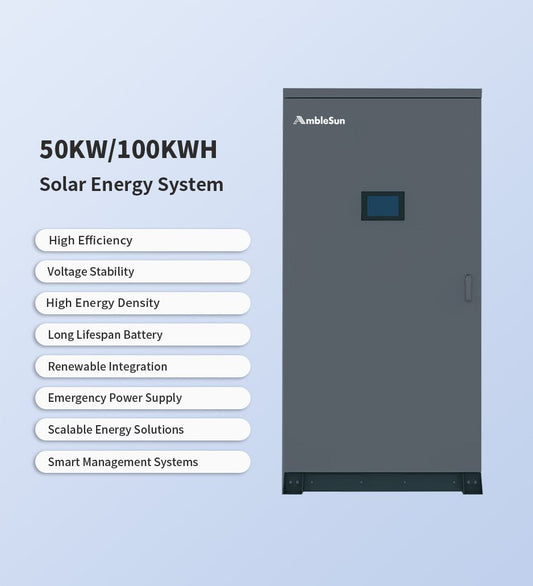


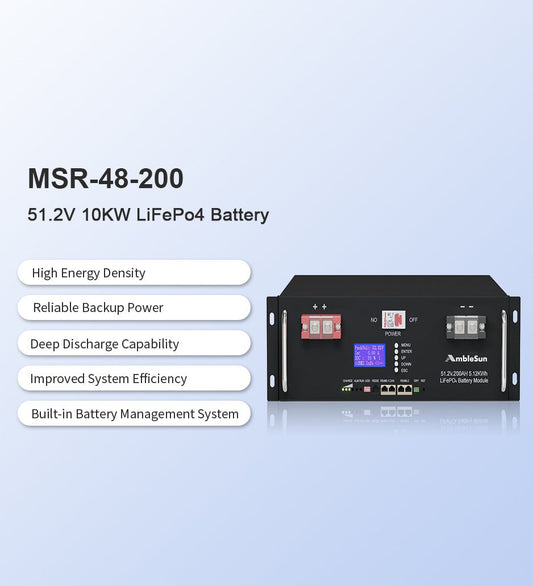
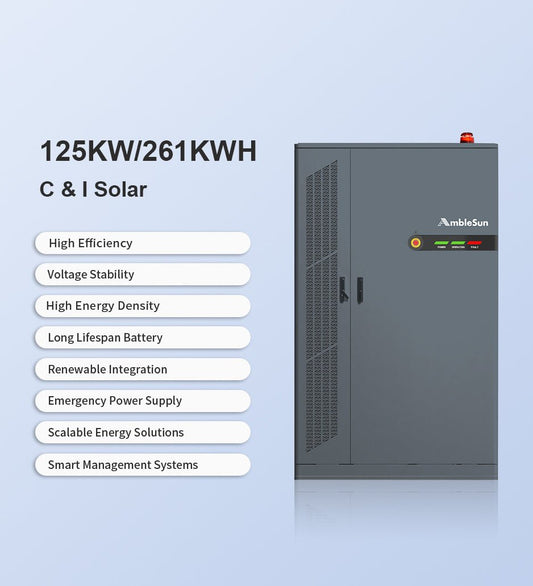
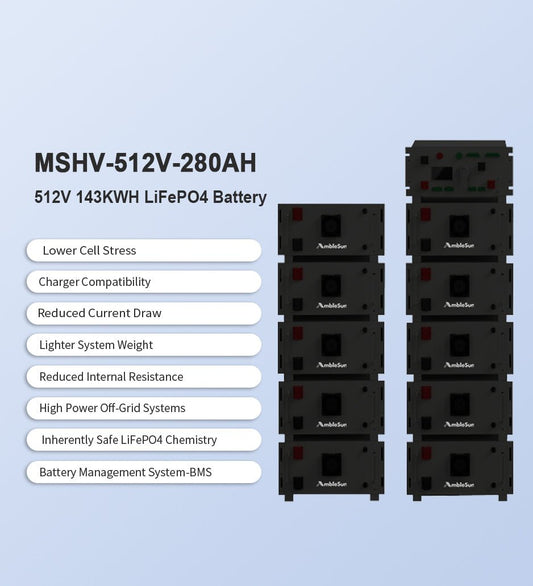
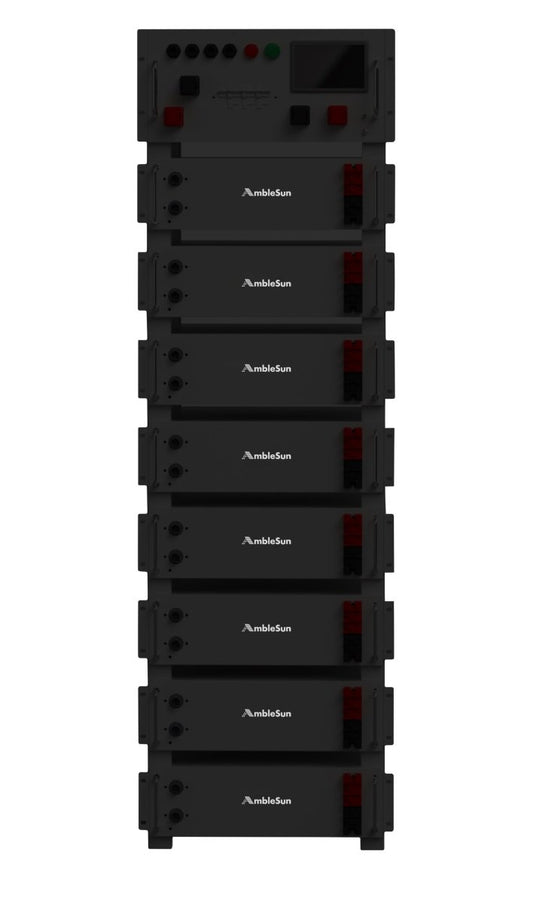
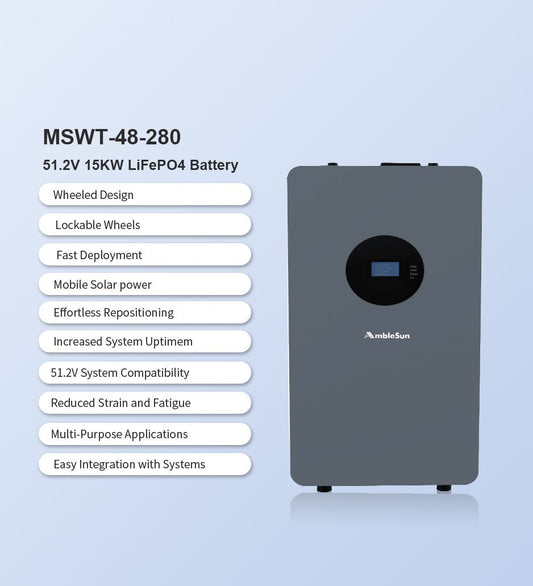
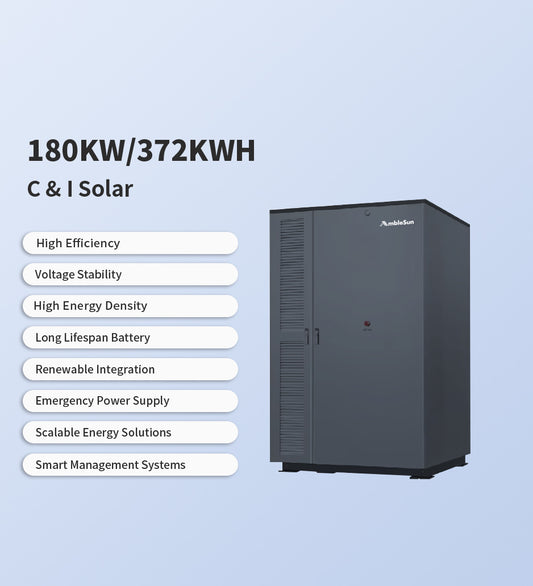
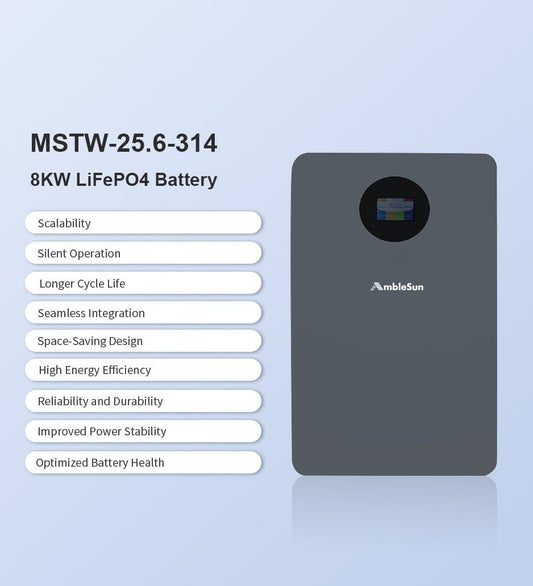






0 comments